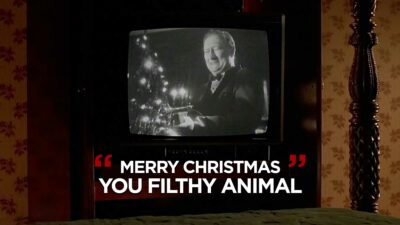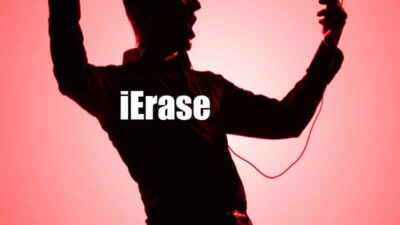 When Raquel Cepeda first learned of the conflict in Sierra Leone back in 2001, she was working as the editor in chief of Russell Simmons’ now-defunct One World magazine. In keeping with the publication’s theme, she would find places around the globe where hip-hop had taken a foothold, and Sierra Leone’s burgeoning scene grabbed her attention.
When Raquel Cepeda first learned of the conflict in Sierra Leone back in 2001, she was working as the editor in chief of Russell Simmons’ now-defunct One World magazine. In keeping with the publication’s theme, she would find places around the globe where hip-hop had taken a foothold, and Sierra Leone’s burgeoning scene grabbed her attention.
But almost immediately, she knew a mere magazine article would not do the country’s story justice. After all, this was a nation just emerging from a savage 11-year civil war — a conflict fueled by the diamond trade — and was in the early stages of recovery, picking through the rubble and trying to rebuild.
And seemingly no one was paying attention.
“I felt that Sierra Leone was more than an article, because I saw these fascinating parallels,” Cepeda said. “It was formed by freed slaves, and just at the time hip-hop started to become commercially successful here in the United States — in 1991 — [the Los Angeles district] Watts was burning, and this bloody civil war was beginning in Sierra Leone. So as the conflict was ending, and the aftermath was everywhere, I felt like it would be an interesting social experiment to have some rappers go there as goodwill ambassadors. Because hip-hop has affected every crevice of the world, and I wanted rappers to know that.”
And so Cepeda decided to make a documentary that would do just that: show rappers — and hip-hop fans — the connections between hip-hop and the Sierra Leone conflict.
While her film does focus on the role music has played in the country’s recovery — there’s a vibrant hip-hop scene in the capital city of Freetown, highlighted by artists like Daddy Saj and Jimmy B — it’s more concerned with the implications that came with the genre’s bling obsession. She decided to call the film “Bling: A Planet Rock,” because the insatiable thirst for diamonds was indirectly affecting the war in Sierra Leone.
“It’s important to have it out there that the very uncivil war in Sierra Leone was not started over diamonds,” Cepeda said. “It was fueled by them.”
In early 1991, a militant group called the Revolutionary United Front launched an insurgence against the government in Sierra Leone, attacking villages and committing unspeakable acts of barbarism against women and children. The militants hoped to throw the nation into a state of chaos, taking over the nation’s diamond mines and using their riches to purchase drugs and weapons from neighboring nations. These diamonds became known as “conflict diamonds” — or blood diamonds — the same rocks Kanye West raps about in his song “Diamonds From Sierra Leone.”
“The film is not intended to make people stop wearing diamonds, because if we boycotted them, it would impair the fragile economy of Sierra Leone and would end up hurting these people,” Cepeda said. “It’s nobody’s fault — the rappers, anyone — if they don’t know they’re wearing conflict diamonds. So we wanted to raise awareness about the whole issue. We wanted people to bling responsibly. We want rappers to rap about how it’s cool to wear cruelty-free diamonds. And Kanye helped with that.”
MORE

Frank Wilson is a retired teacher with over 30 years of combined experience in the education, small business technology, and real estate business. He now blogs as a hobby and spends most days tinkering with old computers. Wilson is passionate about tech, enjoys fishing, and loves drinking beer.
















